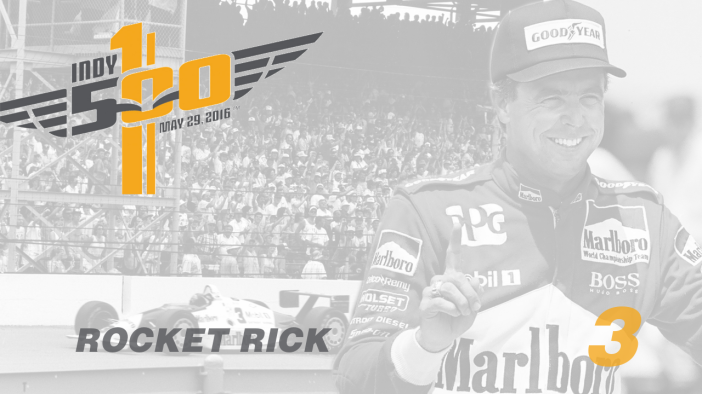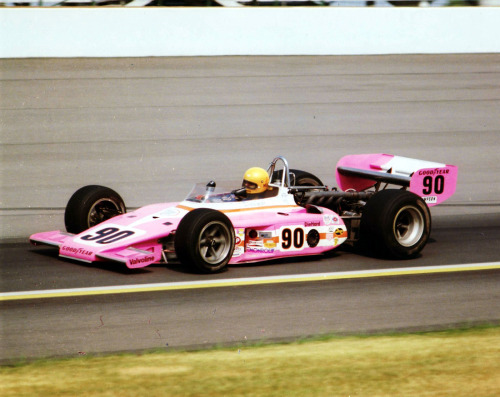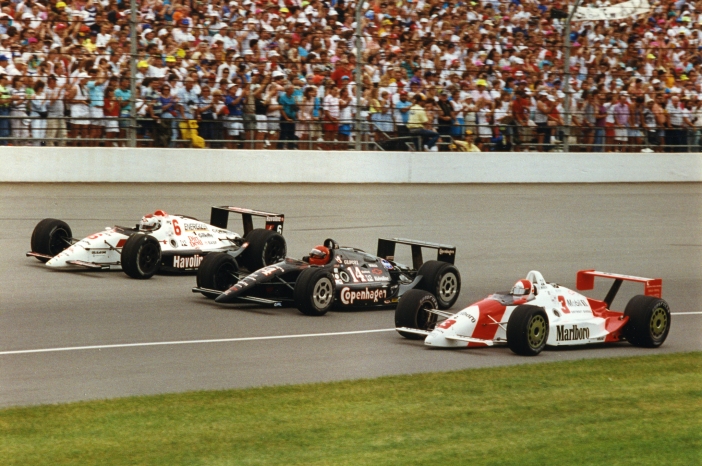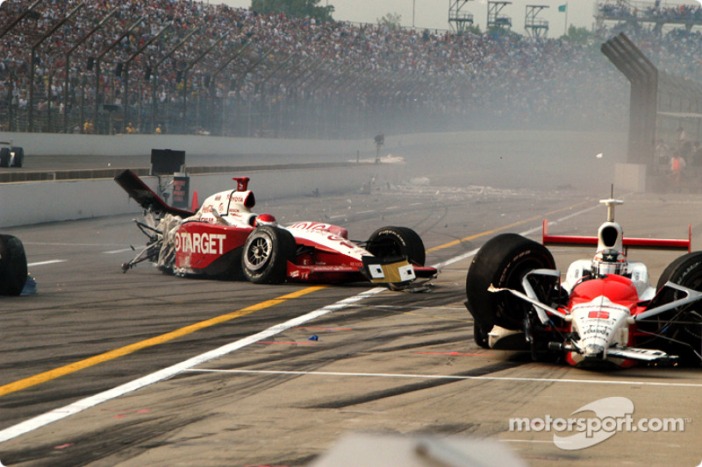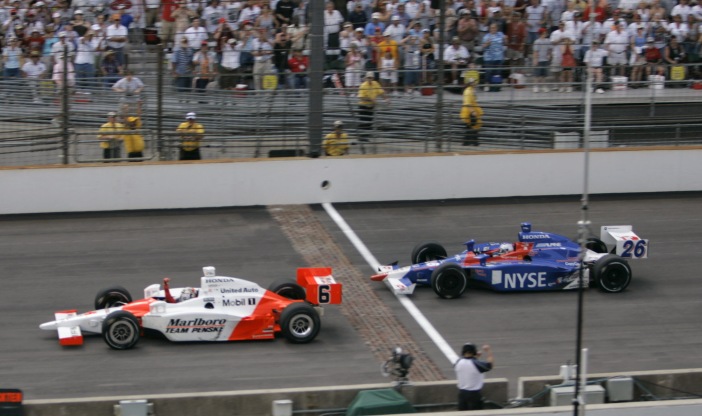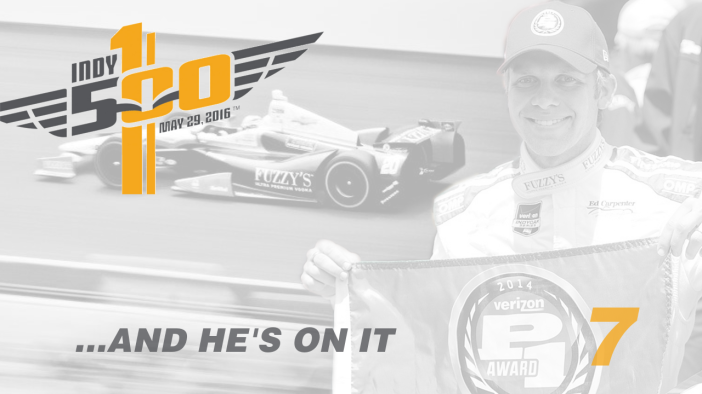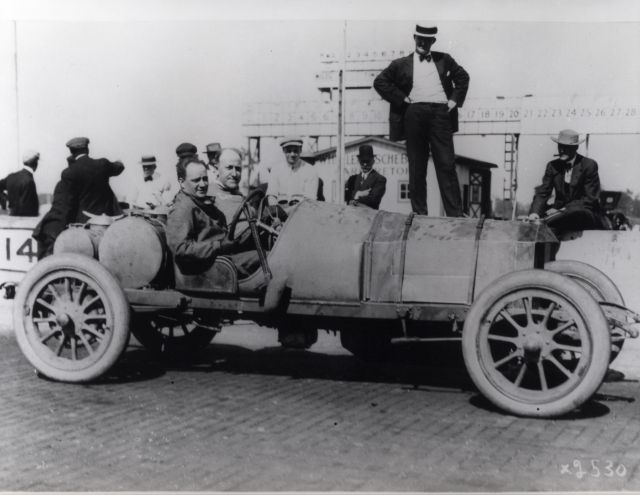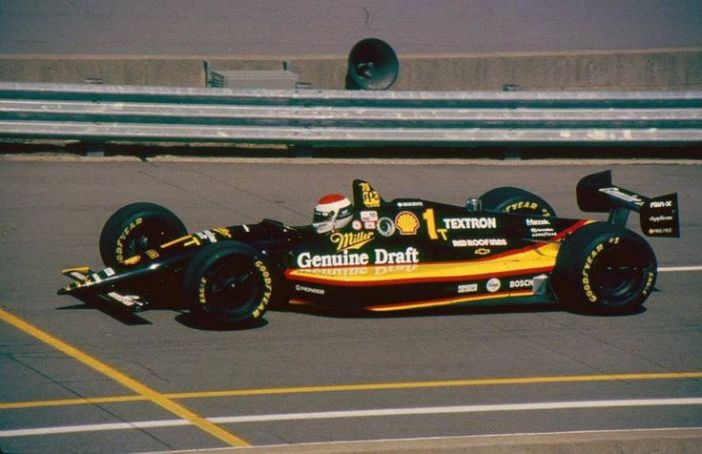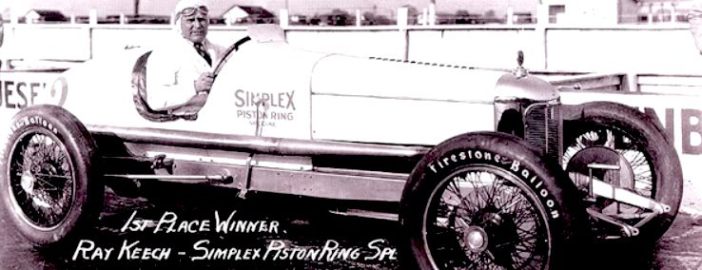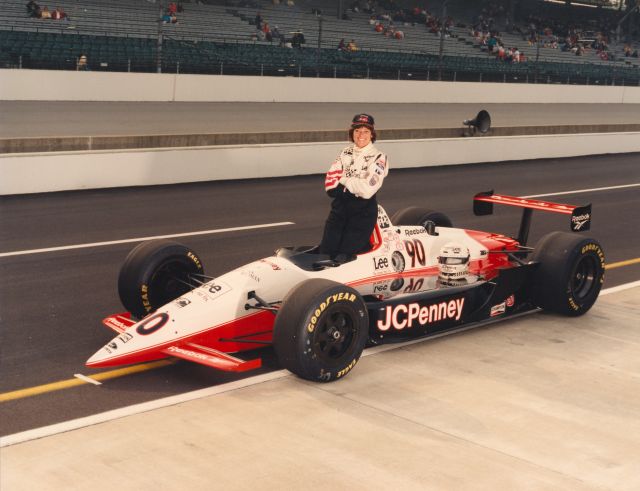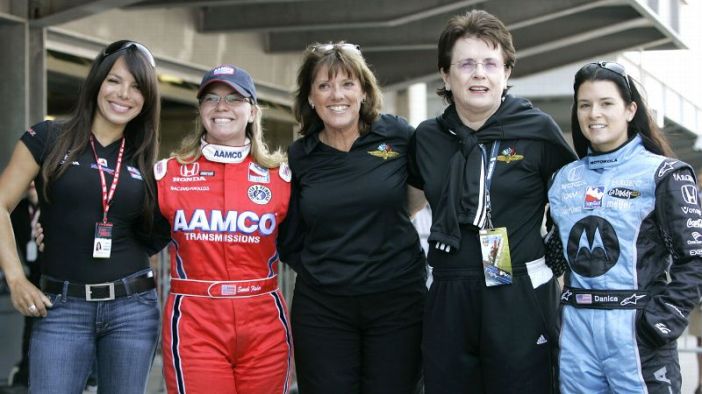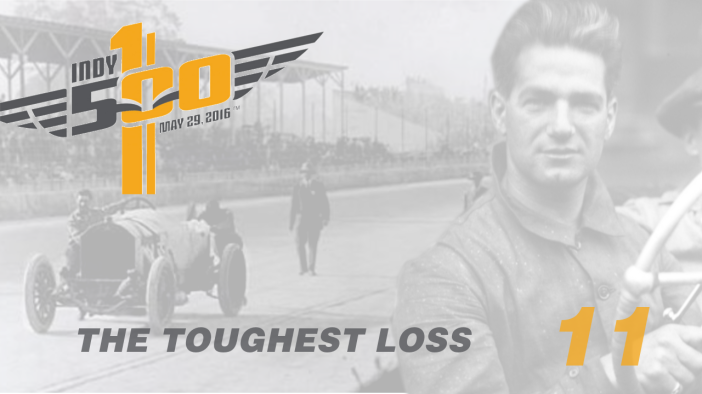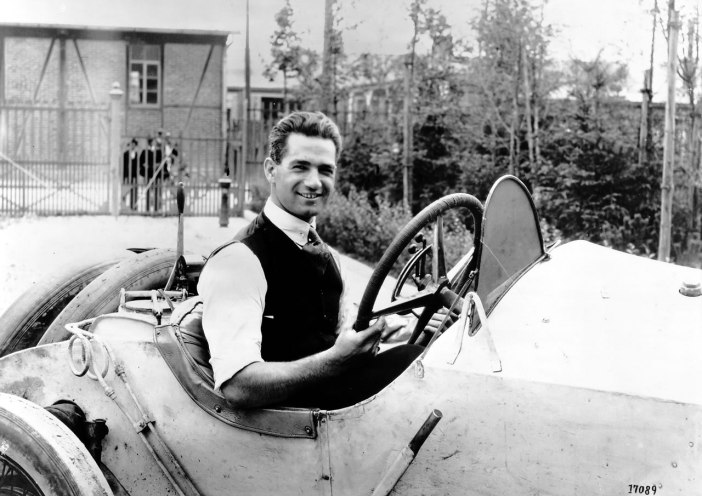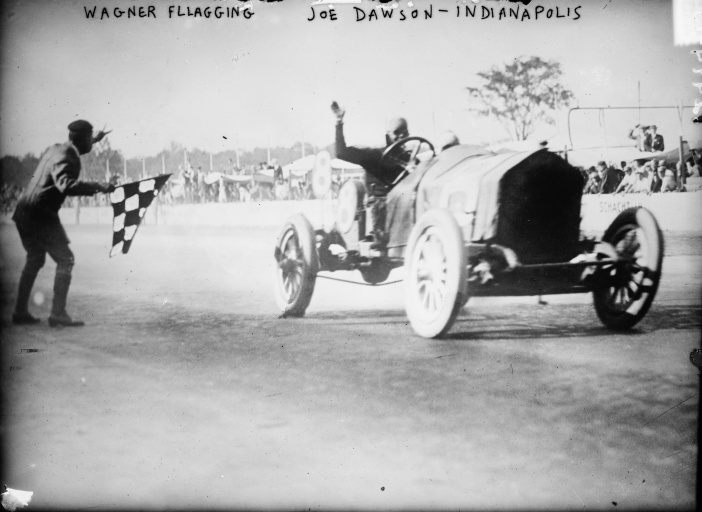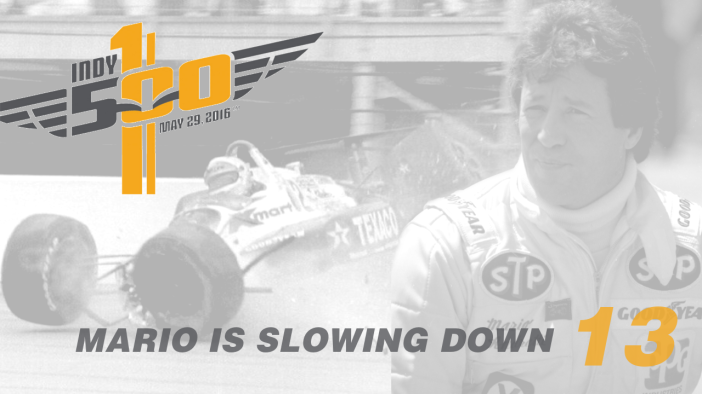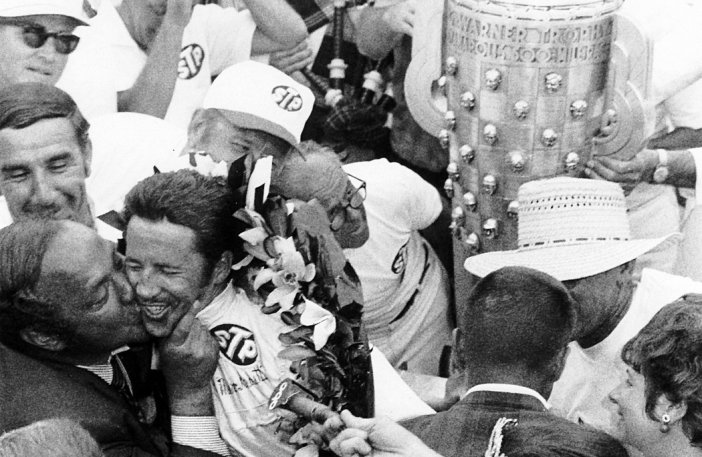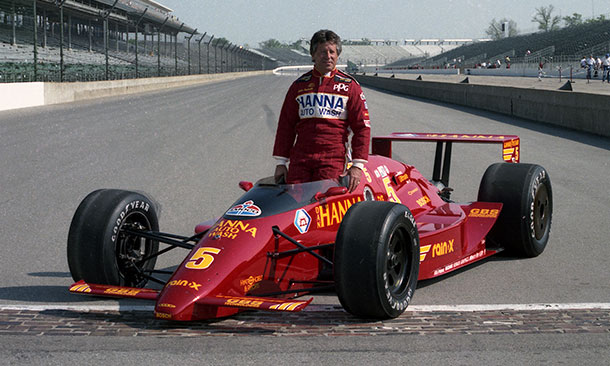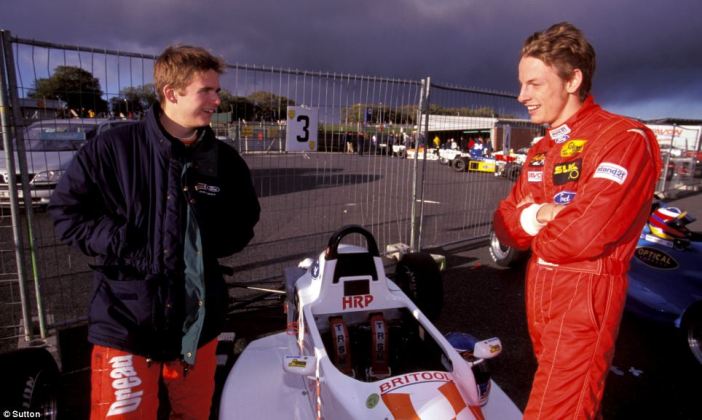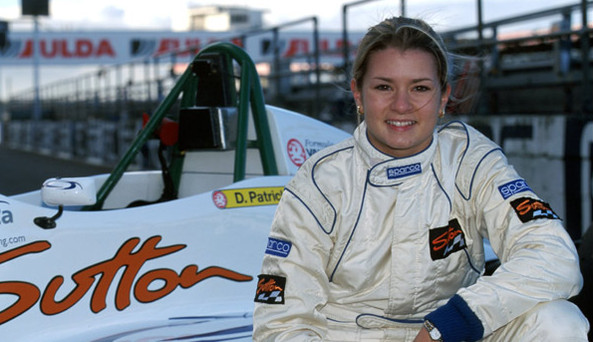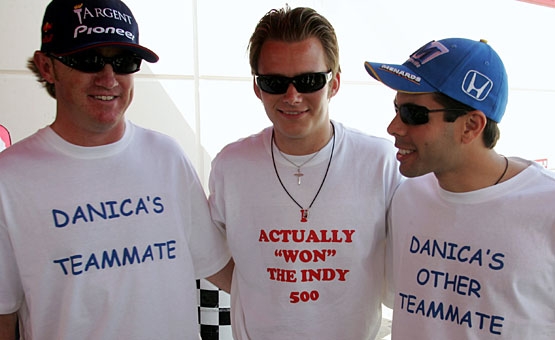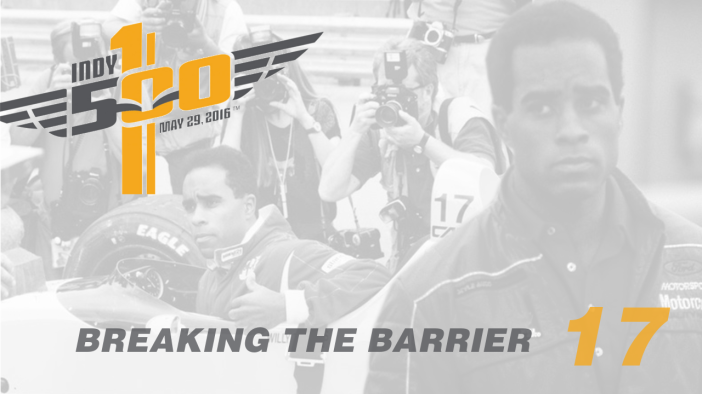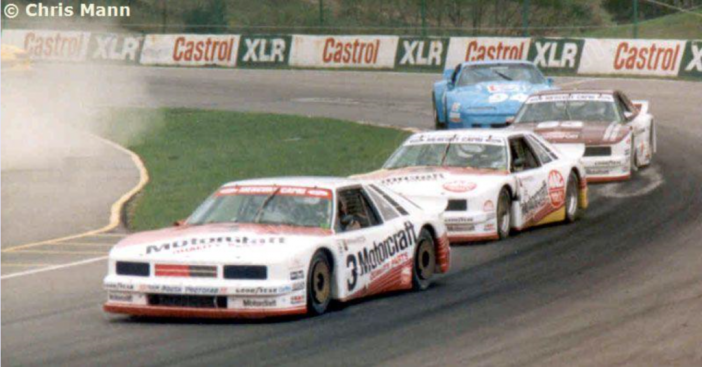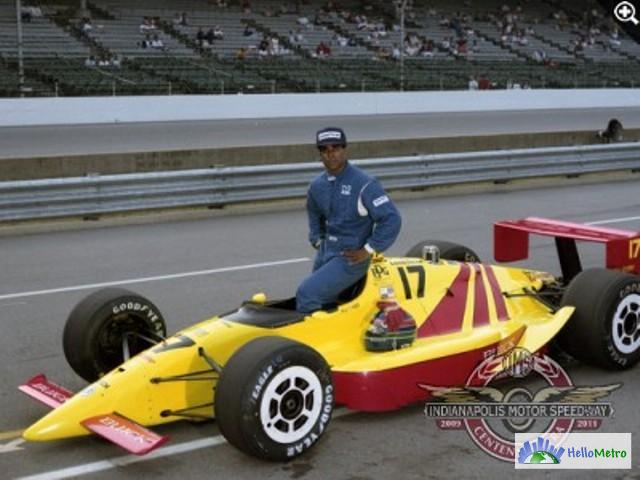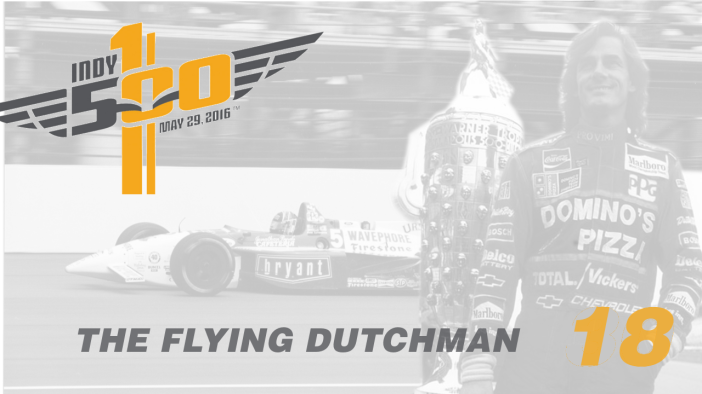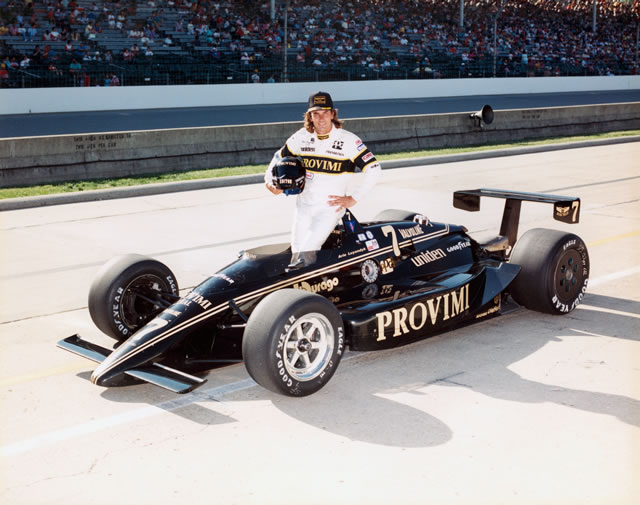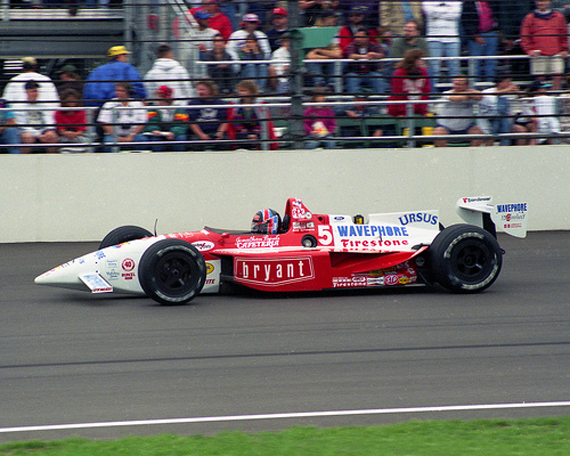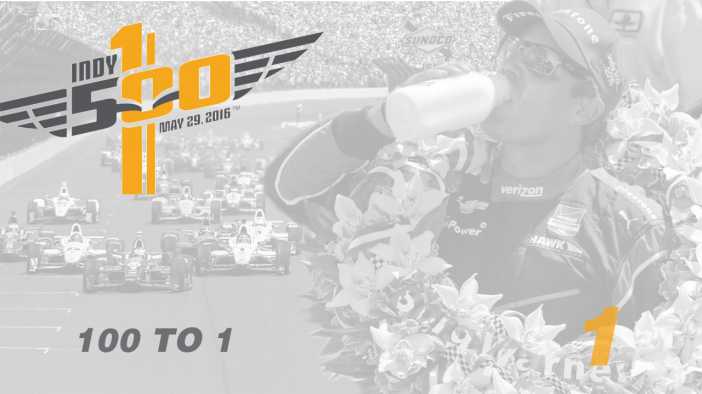
Well ladies and gentleman we managed to make it. Over the past three months I set myself the challenge of chronicling 100 individual moments over 100 years of the Indianapolis 500, and whilst I have been unable to keep up to my goal of posting every day of this countdown I have remained committed to this project and have the privilege of posting the final update today, and I hope that everyone who has tuned in for these write-ups throughout the past three months have enjoyed reading them as much as I have enjoyed writing them.
If we remember the first update of this project I wrote about the origins of the Indianapolis Motor Speedway, of how Carl Fisher helped to turn a former farm just on the outskirts of his home city into the Motorsport Mecca that stands before us today. With the first update of our countdown focusing on the first running of the race, it should be appropriate that we end by looking at its most recent, a compelling and high-speed battle of Indy’s elite crowned off by one of the greatest comeback drives ever seen at the Brickyard.
Heading into the month of May, most of the discussion surrounding Gasoline Alley had surrounding the controversial introduction of aero-kits to the Brickyard. Developed as part of Dallara’s ICONIC chassis project, the new aero-kits had been introduced to the series for the 2015 Indycar season, with both Honda and Chevrolet presenting their own respective designs, with Chevrolet holding a slight competitive edge over their Japanese counterparts after 4 races of the campaign. With the 500 marking the first race for the oval variants of the kits, hopes were high that the new systems would help the field reach some of the highest speeds seen at the Brickyard in the post-split era. However, a series of high speed blow-overs involving Chevrolet entries, as well as a season ending accident for James Hinchcliffe led to safety concerns being raised at the Brickyard, forcing all of the teams to run qualifying with their race setups, and creating further resentment between the Chevrolet and Honda outfits heading into next weekend’s race.
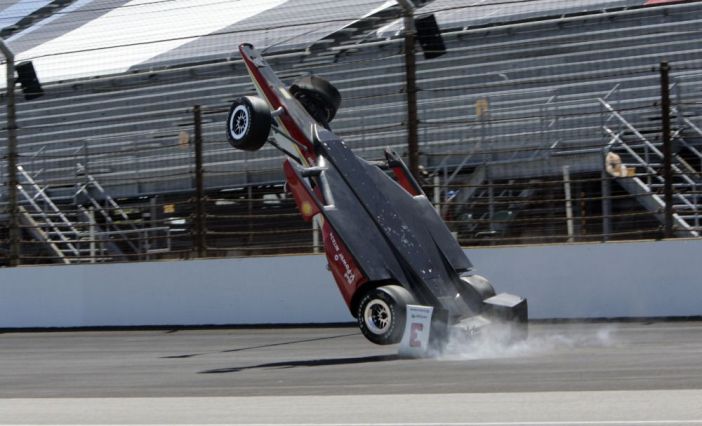
At the start of the race itself however pole-sitter Scott Dixon led the field into turn one, followed by a chasing pack including Penske team-mates Will Power, Helio Castroneves and Simon Pagenaud with 2013 winner Tony Kanaan rounding out the top five. Behind them however an accident involving Sage Karam and Takuma Sato brought out the race’s first yellow flag, and with Conor Daly suffering an engine fire on the parade lap had already reduced the field to 30 cars before the fast lap had even been completed.
As the field prepared to take the restart on lap seven of the race, the fourth Penske machine of Juan Pablo Montoya was rear-ended by Simona de Silvestro, damaging de Silvestro’s left-front wing and Montoya’s right-rear bumper and forcing both machines into the pits to repair their respective damage. For Montoya, the incident had been the latest in a long-line of issues which had befell the Colombian throughout the Month of May, while the rest of his team-mates had occupied three of the top five starting slots on the grid Montoya had struggled for pace throughout practice, forcing him to settle for a 15th placed starting slot and with subdued expectations heading into the race itself. Although Montoya was able to return to the race the accident dropped him back to 30th and last place, and facing an uphill battle to salvage a strong result when the race finally did get back underway on lap 13.
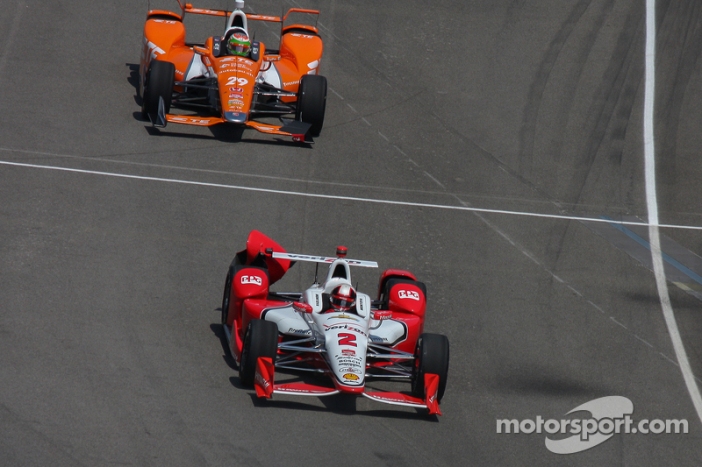
For the first half of the event, the race became a three-way battle for the lead between Scott Dixon, Tony Kanaan, and Simon Pagenaud, with veteran drivers Helio Castroneves and Will Power also remaining ever-present threats in the top five. The power-house Penske and Ganassi outfits had been best equipped to handle the aero-kit changes implemented by the speedway before qualifying, and at half distance had already been set to turn the 500 into a five-car shootout amongst themselves. Further down the field however Montoya was desperately attempting to cut his way through the field, taking advantage of brave driving and pit-stop strategy to slowly move into the top 15 by the time a collision between Ed Carpenter and Oriol Servia on lap 113 brought out the race’s third caution of the day.
With just 50 laps remaining in the race Penske and Ganassi continued to dominate, the Chevrolet powered teams continuing their competitive edge over their Honda counterparts and rendering the Japanese powered machines as comparative also rans entering the later stages. On lap 153 however Tony Kanaan lost control of his machine shortly after making a green-flag pit-stop for a wing adjustment, forcing the 2013 winner out of the race and bring out the race’s fourth caution at the expense of one of the race’s strongest competitors. 23 laps later another contender would suffer similar misfortune, when Simon Pagenaud suffered front wing damage attempting to pass the slow-moving Andretti machine of Justin Wilson, creating a concertina effect through the field that would claim the cars of Jack Hawksworth, Sebastian Saavedra and Stefano Colletti in the biggest accident of the day. The series of caution periods had begun to play firmly into the hands of Montoya, the Colombian fully recovering from his early race collision to run third when the race restarted for the final time on lap 184.
For the next 13 laps the lead exchanged hands four times, as Montoya, Power and Scott Dixon all took turns at the front of the field, but as the run continued it became clear that the Ganassi machine was struggling to keep up with the performance of the Penske duo, and by the final ten laps had been forced to give up third place to Charlie Kimball, who had recovered from a 14th placed starting slot to become the lead Ganassi threat in the dying stages of the race. With just four laps remaining, Montoya moved to the outside of Power to take the lead of the race, and now in clear air was able to hold a controlled lead over his team-mate as the race entered the final lap. Coming into the start-finish straight for the final time, Power attempted to slip-stream Montoya for the win, but the Colombian was able to hold on to claim his second 500 victory.
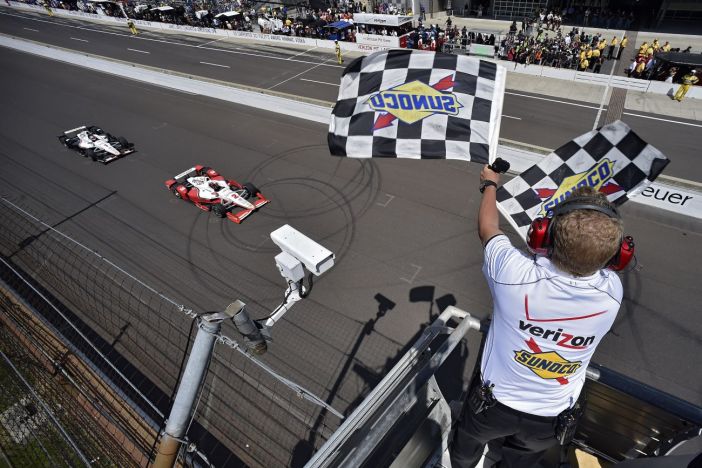
The win proved to be a record-breaking one for Montoya on two separate levels; Having previously won the race in 2000 the Colombian broke the record for the widest gap between a driver winning two separate 500 events, whilst his comeback drive from 30th place was the lowest that a 500 winner driver had been positioned before going on to win the race. And with this second win adding to success in both NASCAR and Formula One reaffirmed Montoya’s place as one of motor-racing’s top all-rounders.
And for those that need a reminder, here are the highlights of last year’s race.
And with that, this trawl through Indy history has reached its end, 100 years of some of the quirkiest, outlandish, heart-warming and controversial stories that has helped to make the Greatest Spectacle In Racing what it is today. Once again I say thank you for reading, and here’s to the next hundred years of Indy.

